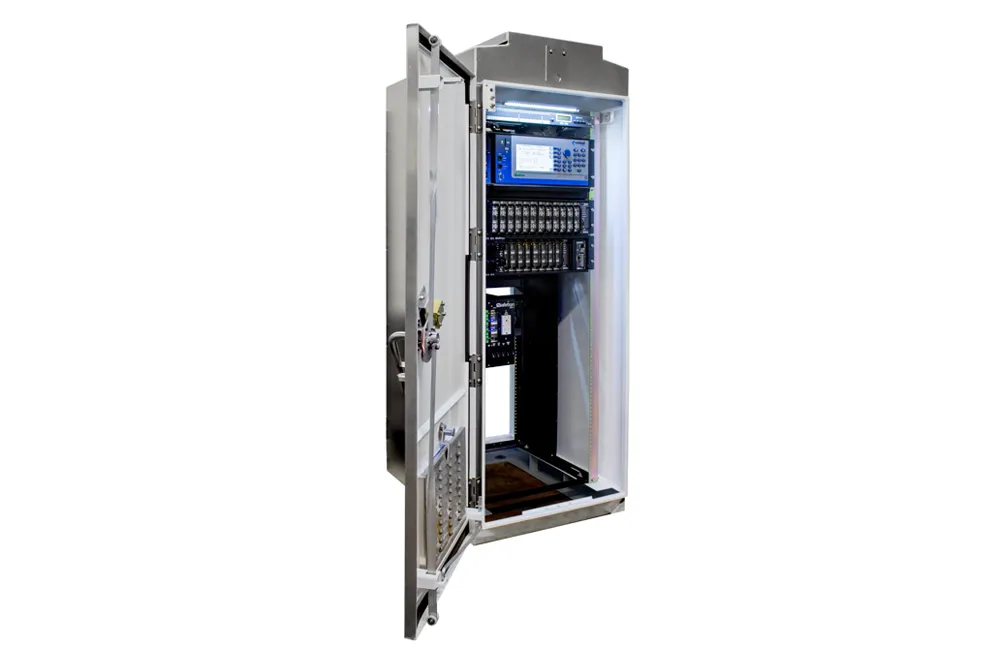According to a new research report by Berg Insight, global sales of handsets featuring near field communication (NFC) increased ten-fold in 2011 to 30 million units. Growing at a compound annual growth rate (CAGR) of 87.8 per cent, shipments are forecasted to reach 700 million units in 2016. The global rise in smartphone adoption is also driving higher attach rates for other wireless connectivity technologies in handsets including GPS, Bluetooth and WLAN. These connectivity technologies are already a standa
April 4, 2012
Read time: 2 mins
RSSAccording to a new research report by 3849 Berg Insight, global sales of handsets featuring near field communication (NFC) increased ten-fold in 2011 to 30 million units. Growing at a compound annual growth rate (CAGR) of 87.8 per cent, shipments are forecasted to reach 700 million units in 2016. The global rise in smartphone adoption is also driving higher attach rates for other wireless connectivity technologies in handsets including GPS, Bluetooth and WLAN. These connectivity technologies are already a standard feature on high-end smartphones and most medium- and low-end models. Declining costs will also enable broader integration in the feature phone segment that is rapidly gaining smartphone-like functionality.
The attach rate for GPS among GSM/WCDMA/LTE handsets reached 31 per cent in 2011 and grew to 38 per cent for all air interface standards. Shipments of WLAN-enabled handsets have more or less doubled annually in the past four years and the attach rate increased to 33 per cent in 2011. WLAN connectivity in handsets enables a range of use cases including offloading data traffic from increasingly congested mobile networks, media synchronisation and indoor navigation services.
“Reliable indoor navigation systems for handsets need hybrid location technologies that fuse signal measurements from multiple satellite systems like GPS and Glonass with cellular and WLAN network signals, together with data from sensors such as accelerometers, gyroscopes, compasses and altimeters,” said André Malm, senior analyst, Berg Insight. He adds that periodic calibrations using satellite and wireless network signals are necessary to compensate for the low data accuracy and high drift obtained from low cost sensors used in handsets today.
The NFC technology for short-range wireless point-to-point communication reached a breakthrough in 2011 when several leading handset vendors released more than 40 NFC-enabled handsets. NFC can be used for countless applications such as paring devices to establish Bluetooth or WLAN connections, information exchange, electronic ticketing and secure contactless payments. “Even though it will take some time before the stakeholders agree on business models for payment networks, other use cases such as reading tags and easy pairing of devices may well be compelling enough for handset vendors to integrate NFC in mid- and high-end devices already today,” concluded Malm.
The attach rate for GPS among GSM/WCDMA/LTE handsets reached 31 per cent in 2011 and grew to 38 per cent for all air interface standards. Shipments of WLAN-enabled handsets have more or less doubled annually in the past four years and the attach rate increased to 33 per cent in 2011. WLAN connectivity in handsets enables a range of use cases including offloading data traffic from increasingly congested mobile networks, media synchronisation and indoor navigation services.
“Reliable indoor navigation systems for handsets need hybrid location technologies that fuse signal measurements from multiple satellite systems like GPS and Glonass with cellular and WLAN network signals, together with data from sensors such as accelerometers, gyroscopes, compasses and altimeters,” said André Malm, senior analyst, Berg Insight. He adds that periodic calibrations using satellite and wireless network signals are necessary to compensate for the low data accuracy and high drift obtained from low cost sensors used in handsets today.
The NFC technology for short-range wireless point-to-point communication reached a breakthrough in 2011 when several leading handset vendors released more than 40 NFC-enabled handsets. NFC can be used for countless applications such as paring devices to establish Bluetooth or WLAN connections, information exchange, electronic ticketing and secure contactless payments. “Even though it will take some time before the stakeholders agree on business models for payment networks, other use cases such as reading tags and easy pairing of devices may well be compelling enough for handset vendors to integrate NFC in mid- and high-end devices already today,” concluded Malm.









